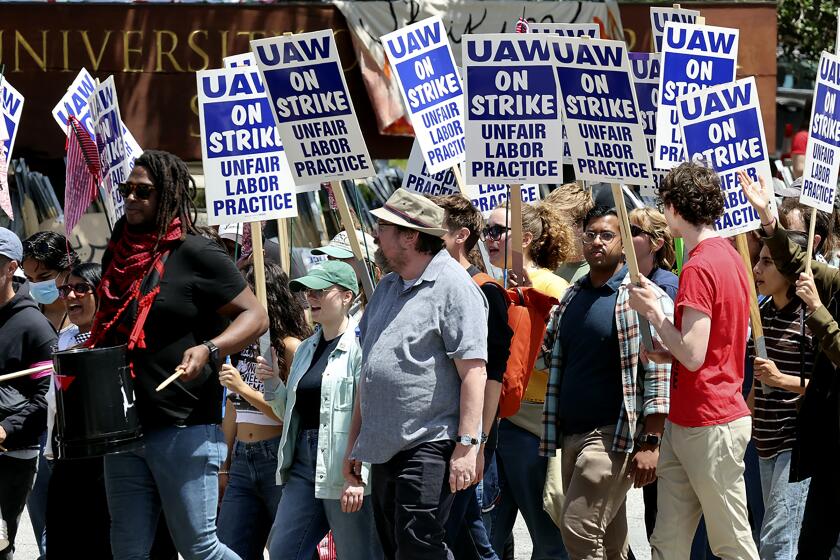High Court Asked to Uphold City’s Occupancy Law
In a legal showdown that could test the right of cities to set housing occupancy limits that are more stringent than state law, Santa Ana has asked the California Supreme Court to uphold its ordinance banning overcrowded residences.
A petition filed with the Supreme Court last week states that a 1991 city ordinance that essentially permits no more than five people to live in an average one-bedroom apartment in Santa Ana should be upheld because current state housing standards are unconstitutional.
“I think it’s important, not only to the city of Santa Ana but to all cities in the state of California, because if (current state law) is the accepted standard, then residential units in the state of California can be extremely overcrowded,” City Atty. Edward J. Cooper said Tuesday.
Santa Ana’s ordinance was upheld by Orange County Superior Court Judge Floyd H. Schenk but overturned in May by the 4th District Court of Appeal.
The ordinance, the appellate court ruled, “would criminalize a level of occupant density which the state has determined is safe.”
The state Department of Housing and Community Development had filed a “friend of the court” brief opposing the city law.
In the petition filed Friday with the Supreme Court, Cooper noted that the state Legislature has not set occupancy standards and that the state housing code is invalid because it contains an unconstitutional definition of “family.”
Therefore, the state “does not preempt either expressly or by implication the constitutional exercise of the police power by local agencies in establishing residential occupancy standards,” Cooper said in the petition for a hearing.
Cooper said the Supreme Court should review the case because the appellate court ruling contradicts a decision in a 1981 case from Chula Vista, in which the appellate court found that local entities could establish residential occupancy levels.
The appellate court decision in the Santa Ana case found that the Chula Vista case did not consider whether state law preempts cities from setting their own occupancy regulations.
More to Read
Start your day right
Sign up for Essential California for news, features and recommendations from the L.A. Times and beyond in your inbox six days a week.
You may occasionally receive promotional content from the Los Angeles Times.






